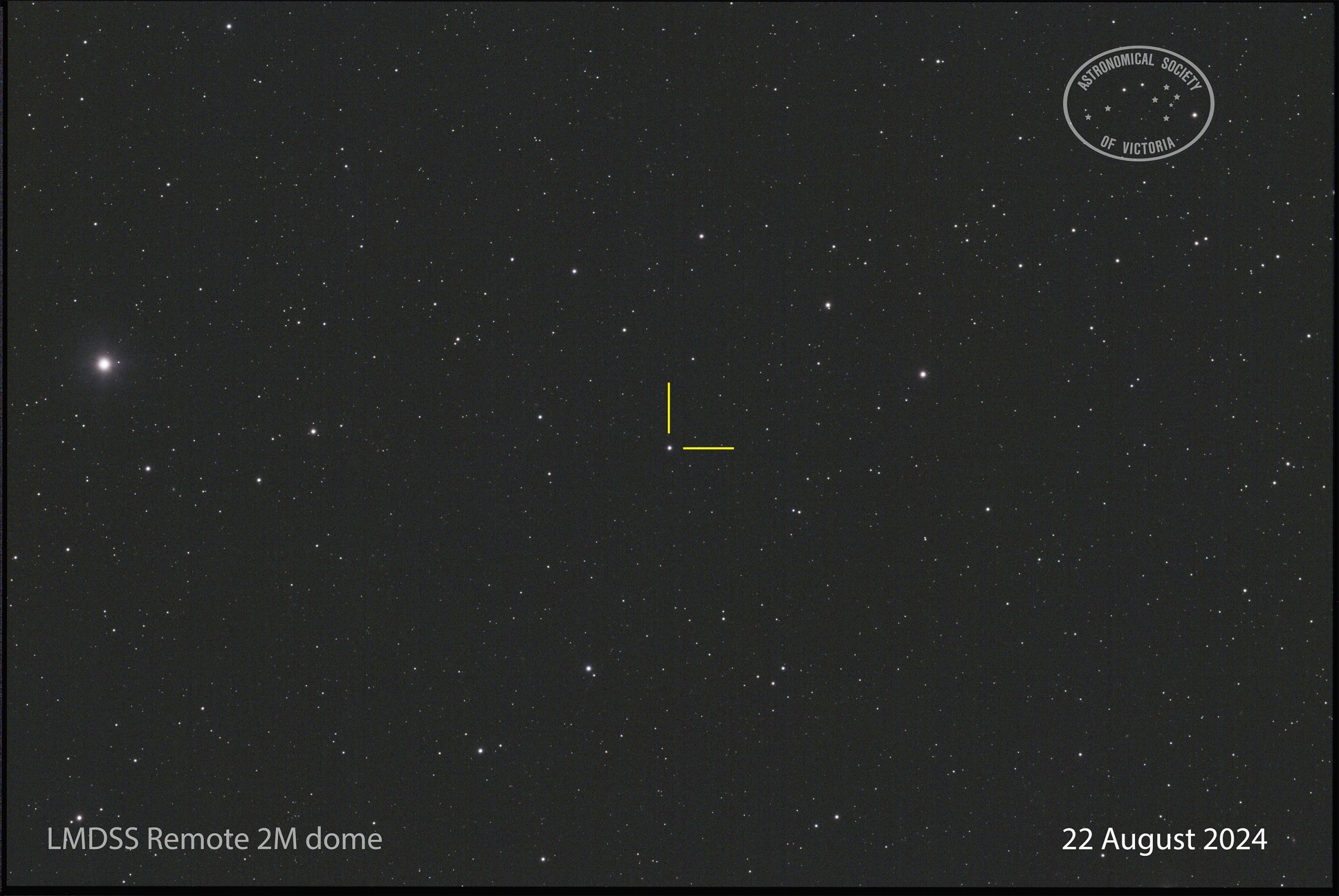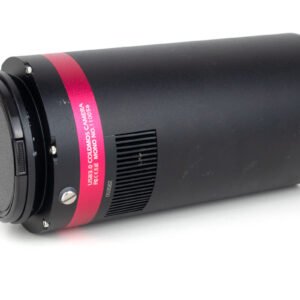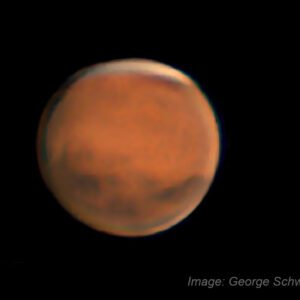A couple of months ago we posted about a nova that was expected in the constellation of Corona Borealis. The star, known for short as “T CrB”, was at that stage an invisible-to-the-naked-eye magnitude 10. When the nova erupted, it was predicted to become a medium-bright star of magnitude 2.
You can hear a “but” coming, can’t you?
No Earth-shattering kaboom
We’ve been using one of the remote domes Sidereal Trading has installed in Central Victoria to monitor the star for the past couple of months, getting images when the sky has been clear. Having access to a remote dome is fantastic – I can do all my imaging from a dark sky site without having to leave my spare bedroom in light-polluted Melbourne!
So far, nothing! T CrB has resolutely refused to do anything. To quote someone, where’s the kaboom? There was supposed to be an Earth-shattering kaboom!
…yet
We do know that the nova is going to go off, and that it’s probably going to happen in the next couple of months (maybe even weeks). The situation out there hasn’t changed.
Not wanting to repeat myself in detail, there’s a red giant star with an accretion disk, which is essentially a discus-shaped collection of gas and dust. In that accretion disk there’s also a white dwarf star, making the system a binary. The accretion disk is being gravitationally-attracted onto the surface of the white dwarf, and every 80 years or so it all explodes in a huge nuclear blast. This is what we see is the sudden brightening of the star system.
You can see the impression of this by a NASA artist in the main image above.
But our observation window is closing
From Melbourne, T CrB is a bit of a difficult target. It’s low in the north at best, reaching a maximum of only 26° above the horizon. That’s close to tree-top height, so our observing time is limited.
But it’s worse than that. As the year gets on, the Sun is steadily moving backwards to the East. This is squeezing us even more, because it’s beginning to approach the constellation of Corona Borealis. Pretty soon T CrB will be lost in the Sun’s glare. Once it’s gone, we’ll have to wait until January 2025 before we can see it (and then it’ll be visible in the mornings, not the evenings).
So far, all the images I’ve taken of the star have looked remarkably similar. Here’s an example, from 22 August.
The last image I got – from last week – was significantly degraded. First (and this is always going to happen) there was a light haze in the way. The signal-to-noise ratio wasn’t great, but it was enough to confirm that the nova hadn’t happened. I’ll spare you the pain. But second, even though I’d waited for the last possible minute to get the shot, the star was about to go behind a tree, but the sky hadn’t got completely dark.
I might be able to get another image, but at some stage soon it’ll get too light to platesolve the image so the computer won’t be able to find the star.
So what does this all mean?
If I can’t get another image, we’ll have to wait until we can see the star when it gets sufficiently far from the Sun. But, as I was discussing with another astronomer a while back, will we be able to tell if it’s still waiting to explode, or if it’s gone off and quietened down again? I’m hoping there’s some photometric method of telling.
Of course, while it’s citizen scientists who will probably see the nova first, there are other institutional observatories watching. Space-based telescopes are in a better position, and (according to NASA) they’re poised to image the nova. So perhaps we’ll still hear when the nova happens, and get images.
It just would have been nice to get our own image.
For more information see: https://www.nasa.gov/centers-and-facilities/marshall/nasa-global-astronomers-await-rare-nova-explosion/
For more information about remote domes, contact us as well!




